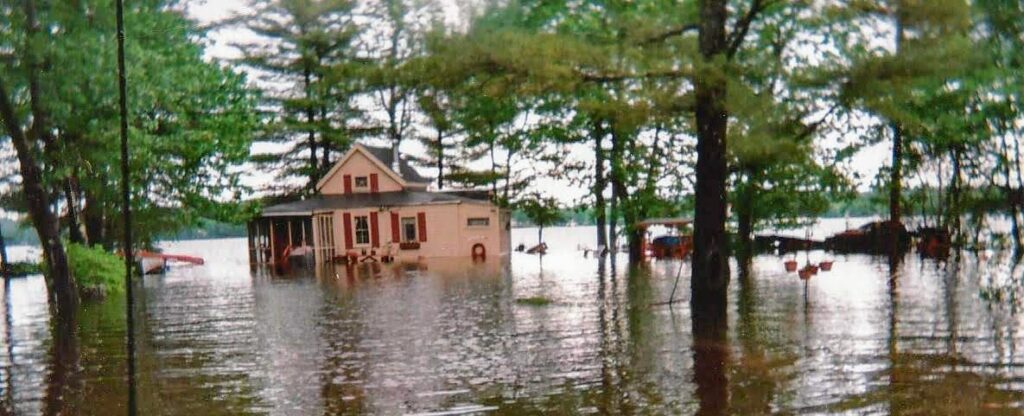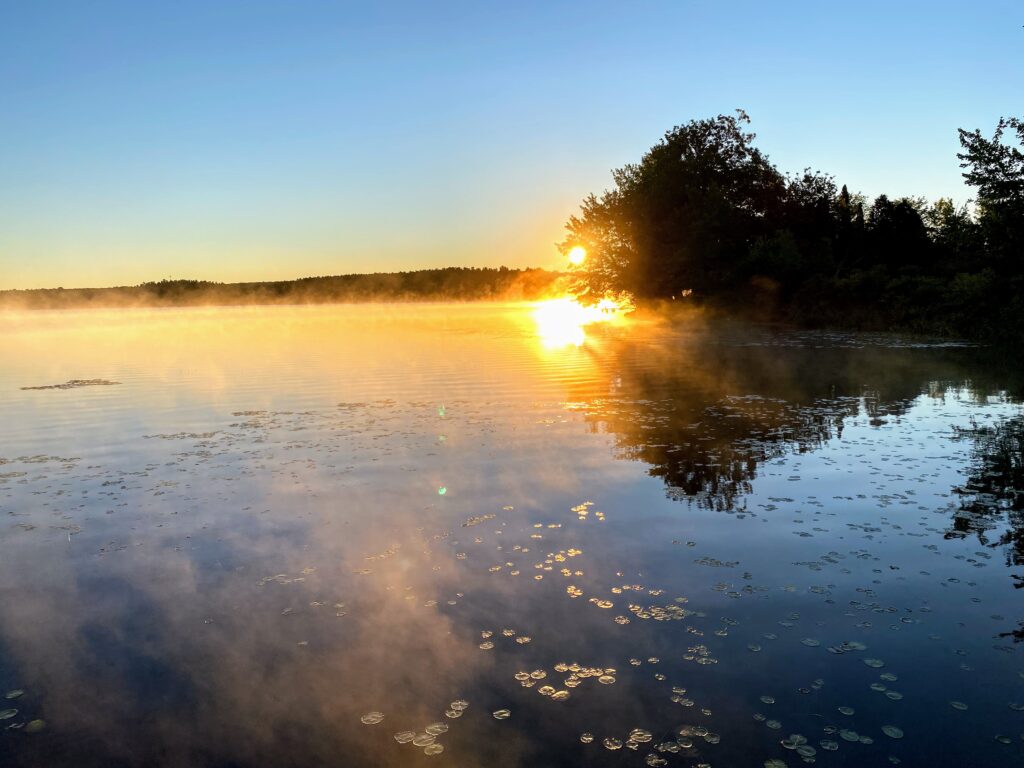
Sunrise mist


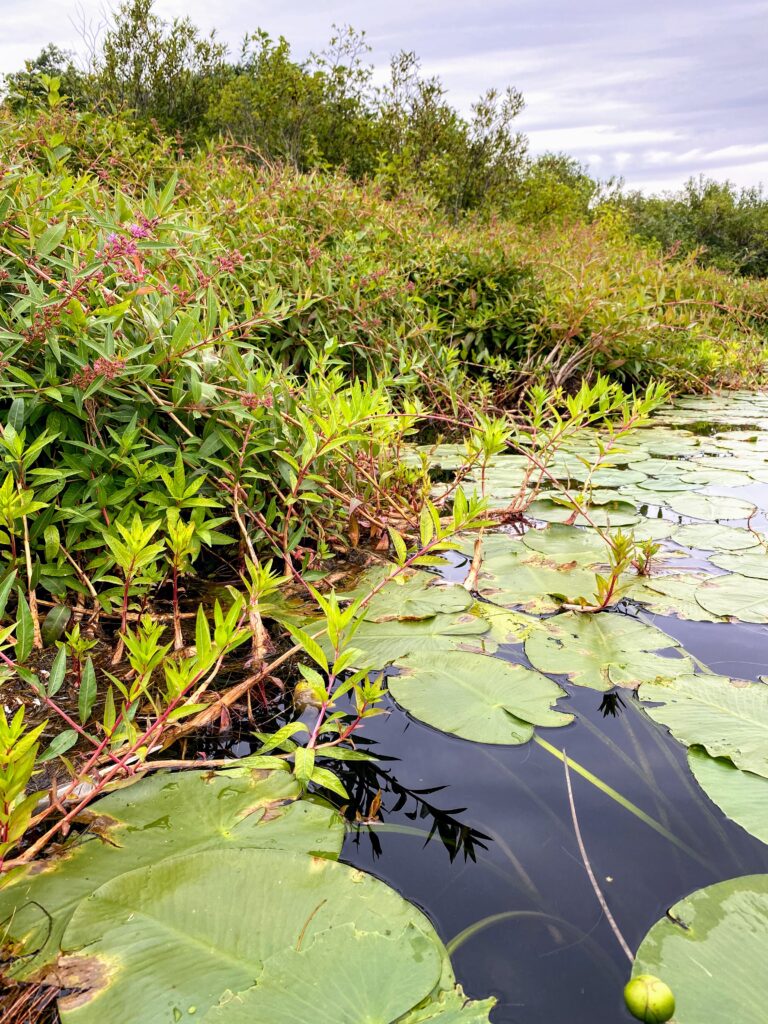
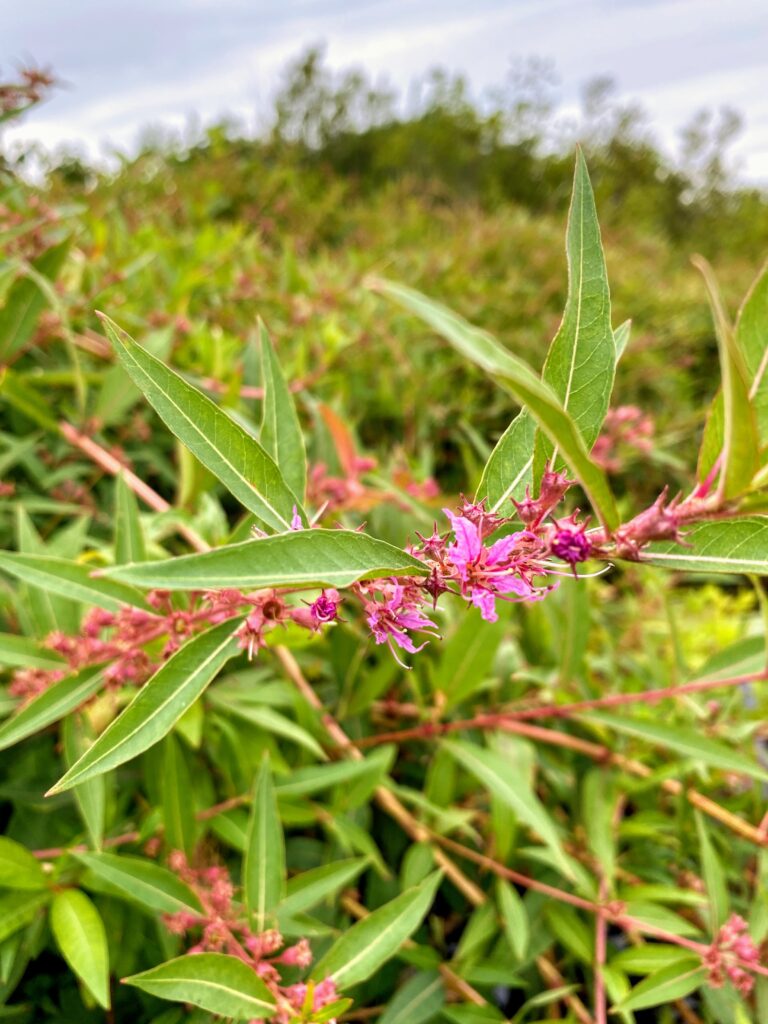
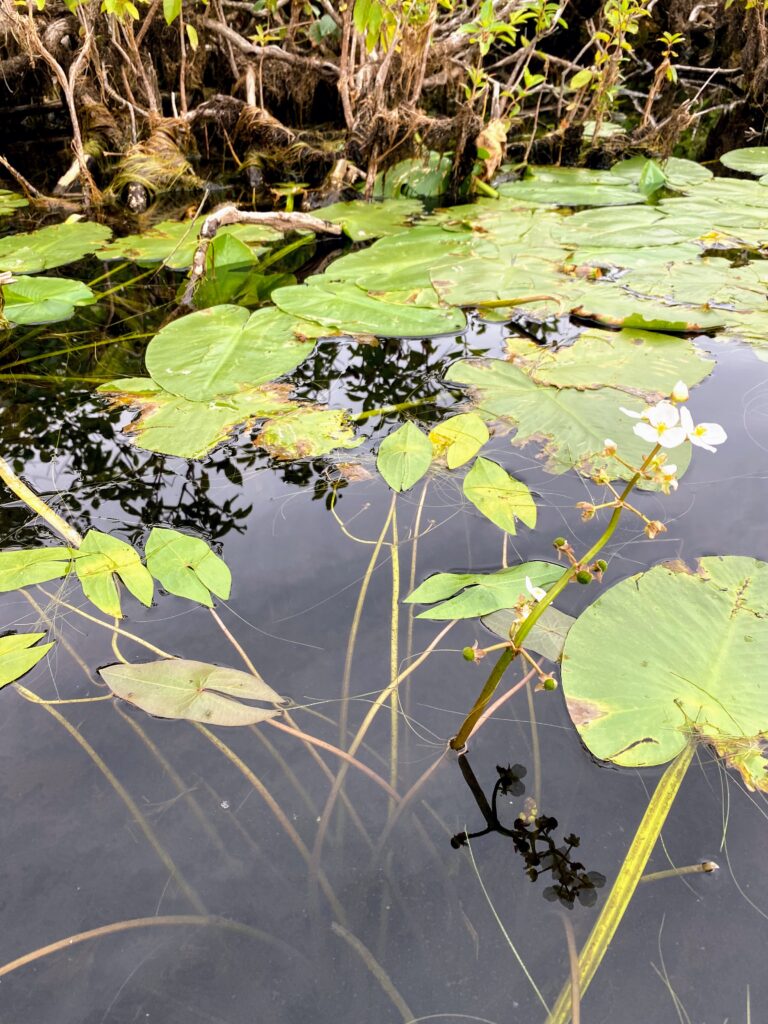
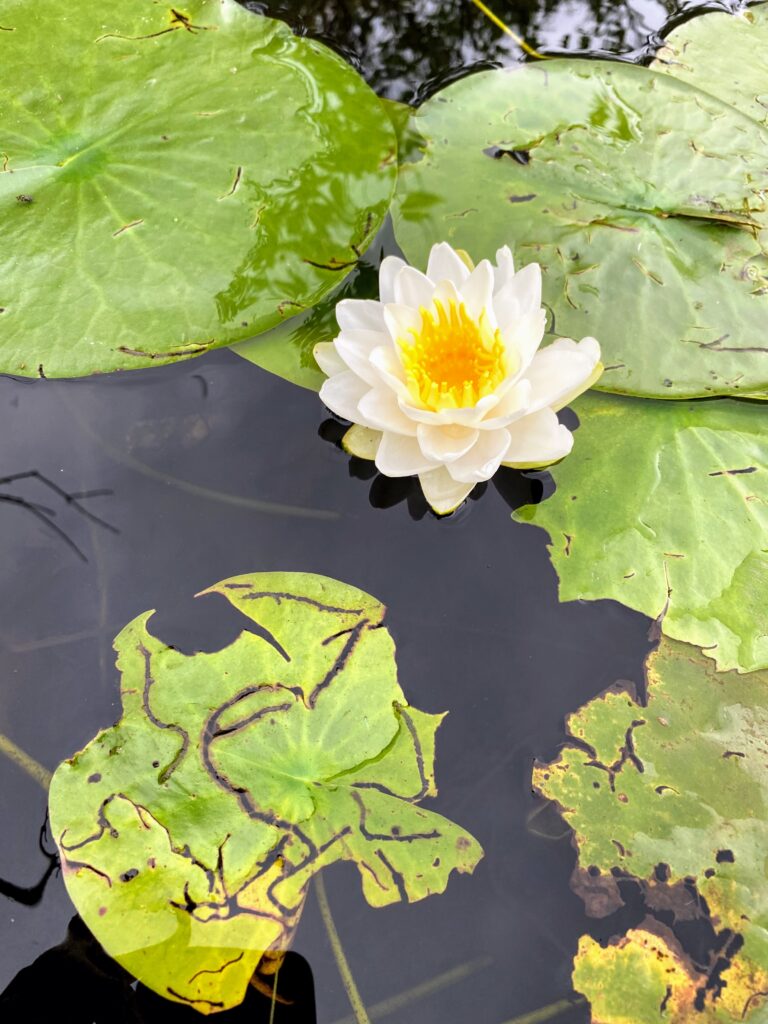
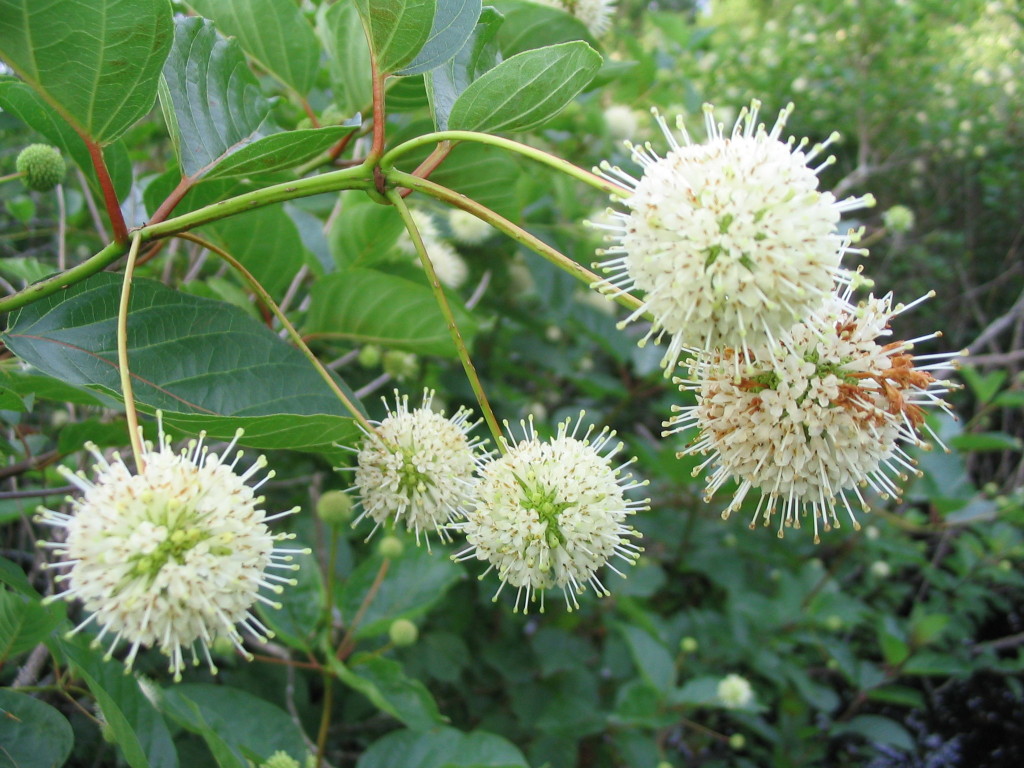
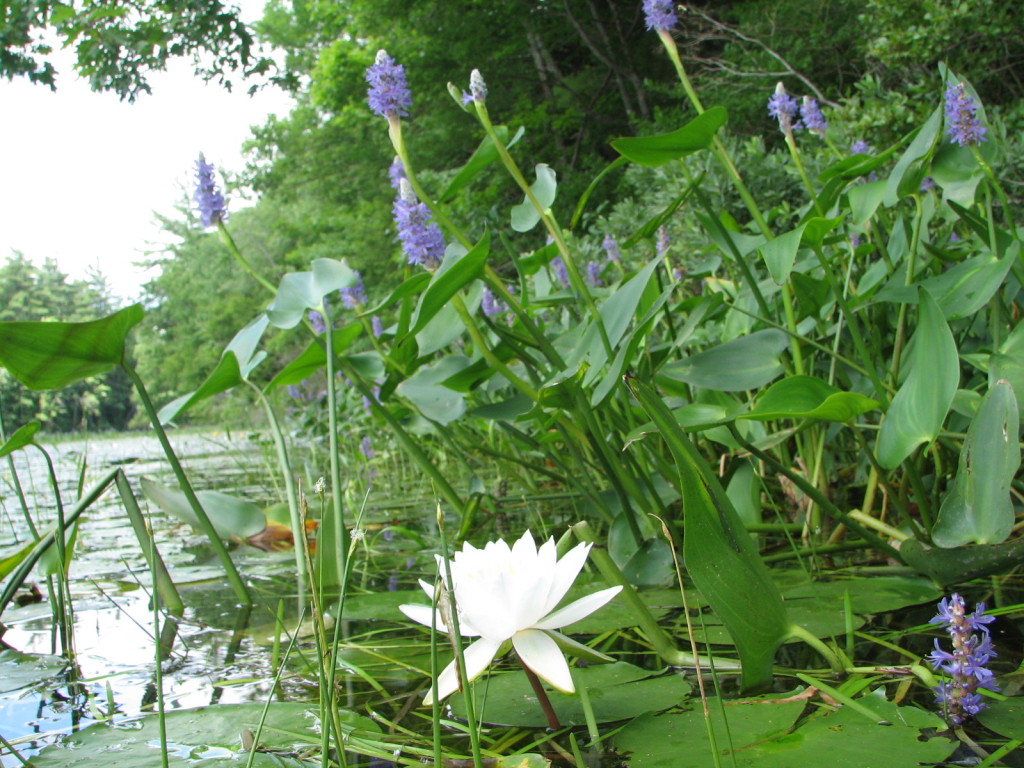
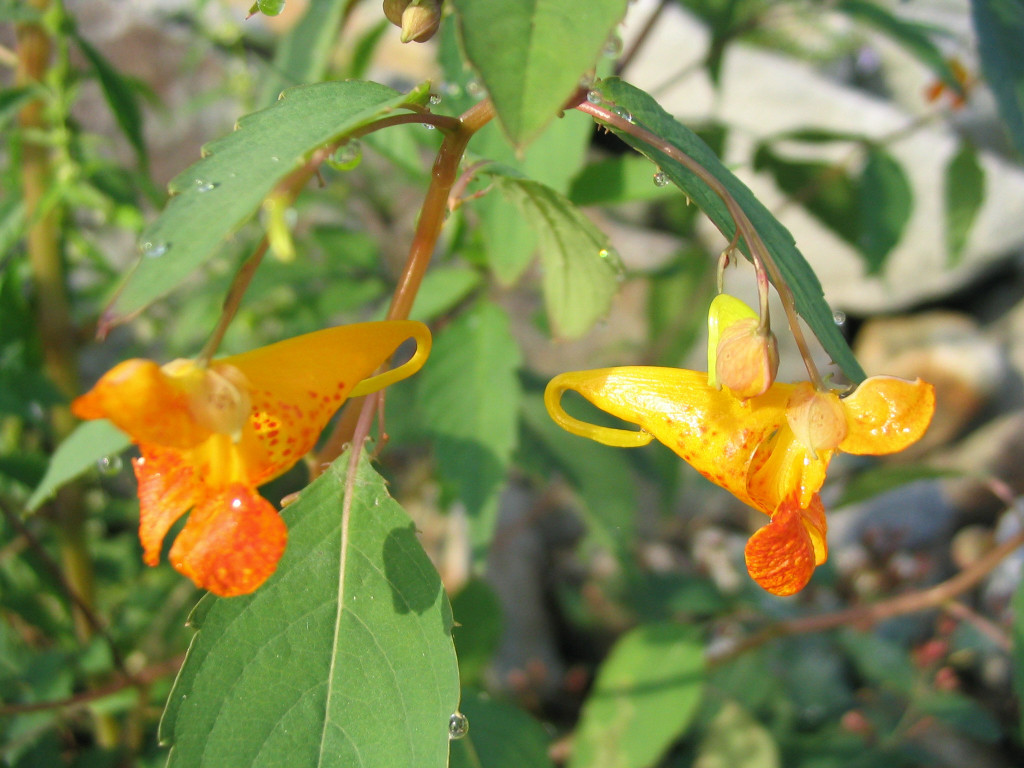
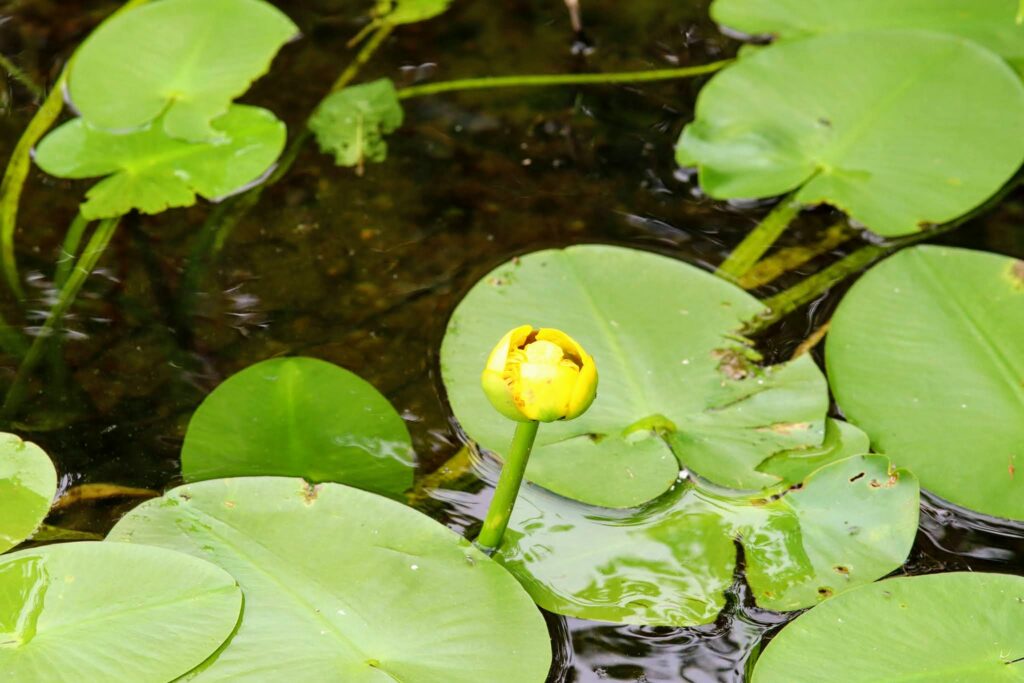
by Wylie Mitchell



by Barbara Mitchell
The City of Auburn, Assessing Division has been engaged in a review of waterfront Taylor Pond property values. This multi-year appraisal process includes an analysis of sales and property inspections. As of April 1, 2020 the analysis was not complete. As such there will be no market adjustments made for the upcoming tax year as a direct result of the study.
Although there will not be any overall market adjustments for the upcoming tax year, edits to value were necessary for some properties following inspections. These adjustments were for new additions, demolitions, decks, garages, miscellaneous outbuildings, additional bathrooms, condition changes or other corrections that were discovered during the inspections or subsequent to permit work.
The Taylor Pond study includes 196 total parcels. Only 28% of properties saw a value increase. For the most part, any adjustments were minor – often they were less than 1% of the improvement value. Value reductions were posted for 29% of properties and 43% of properties saw no change in value. The Assessing Division intends to notify all Taylor Pond property owners whether or not their value changed in a letter prior to commitment, although the COVID-19 outbreak hampered efforts to do this. They hope to notify individual property owners before July 1, 2020.
Homeowners should also be aware that the homestead exemption is being raised from $20,000 to $25,000 this year. This means that many Taylor Pond year round property owners (who have a homestead exemption) will likely see their taxes decrease, even if the property value increases – because very few increased more than $5,000.
| Property Value | Number of Properties |
| REDUCED | 57 |
| NO CHANGE | 84 |
| INCREASED* | 55 |
*These increases were overwhelmingly minor, from 0.02% to 14.17%. Only three properties had an improvement value increase greater than 10%.
Source: www.auburnmaine.gov
by Dana Little
Taylor Pond Association (TPA) is dedicated to protecting the quality of water in and life on the pond. Thanks to the vigilance and partnership of property owners, we continue to report that both are very good! As a community and as stewards of this valuable natural resource, we can take pride in our collective work…and then redouble our efforts to do even better next year. Your individual work–avoiding pesticides and fertilizer, preventing runoff, being responsible boaters, and respecting wildlife habitat–is ongoing and critical to pond health.
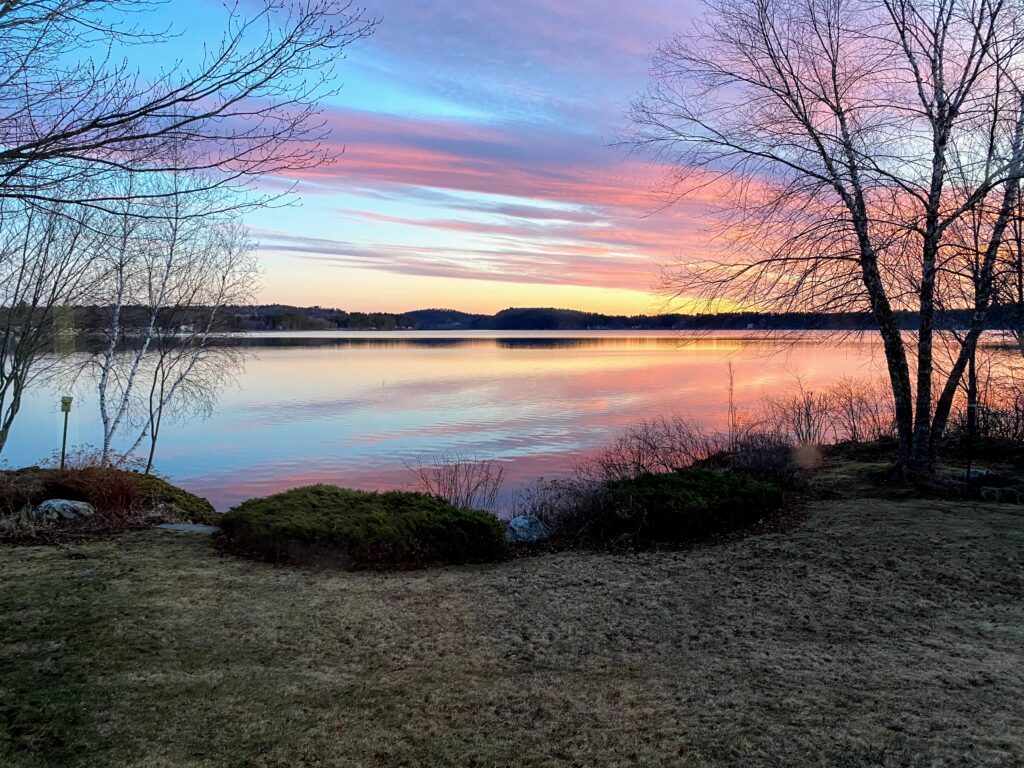
WATER QUALITY
Central to our mission is monitoring the quality of water in Taylor Pond. Woody Trask manages testing and provides the annual water quality report, where we are reminded that invasive aquatic plants represent the most imminent danger to our enjoyment of the pond. A pond filled with invasive plants can make swimming and boating unpleasant, even impossible. Last year Michael Heskanen and I toured the entire lake looking for these aliens, and are happy to report that none were found from the surface. This summer, we are looking for volunteer swimmers and divers to expand this surveillance underwater. And as always, it is critical for boaters to thoroughly inspect their boats before launching.
PROPERTY VALUES & POND HEALTH
We work with local and state officials responding to inquiries, and advocate for the health of our pond. Read Barbara Mitchell’s update on Auburn’s reevaluation of Taylor Pond properties and the status of planned improvements to the Hotel Road Taylor Brook culvert for flood mitigation. Please consider taking advantage of the LakeSmart program –a free evaluation of your property, suggestions for improvements that will keep the pond healthy and a possible $500 matching grant to make those improvements.
BECOME A VOLUNTEER
Please consider volunteering with Taylor Pond Association, which depends on the time and talents of many. There are many ways to serve, including attending public meetings, water quality monitoring, advocacy, education or Board membership. TPA maintains a website www.taylorpond.org where you can read more about the organization and its activities. Learn more about lake stewardship in general, and how you can be involved, online at either the Lake Stewards of Maine (www.mainevlmp.org) or the Maine Lakes Society (mainelakessociety.org). Both are holding their annual conferences virtually this year, providing these excellent education opportunities to a broader audience (see page 11).
ANNUAL MEETING & COVID-19
Our Annual Meeting is scheduled for August 23 at Taylor Pond Yacht Club, pending COVID-19 developments and our ability to offer a safe meeting format. We will keep you updated via email. As noted on the invoice sent in May, dues are optional this year in response to the economic hardship of the pandemic and therefore a reminder invoice is not enclosed in this newsletter. Your support of our mission, however you are able to show it, is always highly valued. Thank you.
by Dana Little
What are those swarms of insects found hovering in the air near the pond? Midges make up most of these groups. The small flies look like tiny mosquitoes but do not bite. They smear our windshield on a summer night’s drive, swarm over our head as we walk near the pond, cluster near bushes and collect around our porch lights at night. Most of their life they live in the water and only emerge as adult flies when the water warms up. Midges first appeared this year in early May, signaling that mayflies would soon appear.
Mayflies emerge as the pond water warms further. The first hatch I observed this year occurred in mid-May. Although called mayflies, adults appear all summer long, each species emerging at different times. It has been claimed that there are 162 species that live in Maine. When perched they hold their wings over their back like two praying hands. The adult female lays eggs in the water. The eggs hatch into the larval stage, the nymph. To mature, the nymph lives in water for up to three years. When signaled by rising water temperature, thousands of nymphs come to the water’s surface where their skin splits and the adults emerge, ready to form a swarm.
Recently emerged Mayfly (2 inches long), resting on an Alder Leaf
Swarms of midges and mayflies can be so large that weather radar will pick them up. Estimates of swarm sizes range up to 80 billion individuals. In past springs along Lake Erie, snow plows were used to scoop them off the roads. As reported in National Geographic recently, scientists have found that the numbers of mayflies around Lake Erie have declined by 50%. The cause is thought to be water pollution which kills the nymphs.
Males predominate in swarms, whether midges or mayflies. They cluster together, flying rapidly up and down, waiting for females. Once they mate the female immediately flies to the water and lays her eggs to begin the cycle again. Mayflies belong to the group of insects called Ephemeroptera, the name of which is derived from the Greek words ephemeros (lasting only a day) and ptera (wings). Whereas the aquatic nymph stage lasts up to three years, the flying adult may live only a few hours or days.
Both mayflies and midges provide food for wildlife. Midges eat algae and decaying plants in the water and thereby remove phosphorus, improving the health of the pond. Abundant mayflies in a pond are also a sign of good water quality. Like midges, they remove phosphorus from the pond, and do not bite. So please welcome the annual emergence of midges and mayflies.
It’s Summer…finally! Whether your idea of summer on Taylor Pond includes boating, floating, paddling, fishing, sailing, or simply relaxing in a deck chair on solid ground, you count on its clean water and accessible shoreline to get the most out of every, precious summer day. We all do. Of all the issues on TPA agendas over the years, none is more consistent and more important than water quality. It is no accident that our water is clear; it’s thanks to the stewardship of us all.
One of the best ways to maintain water quality is from the shore. TPA offers help to property owners who want to make their shoreline more lake friendly. Free property evaluations and matching grants up to $500 are available to members. Participation is completely voluntary. Property owners can opt out at any time (i.e. they are not required to implement any improvement suggestions and the property evaluation is purely educational, not regulatory).
Evaluations do advise property owners on Maine’s shoreland zoning law and include customized recommendations for property improvements that will keep the pond healthy such as:
Homeowners (or road associations) who do want to apply for a matching grant (up to $500) will follow these steps:
To find out more or schedule a LakeSmart evaluation, call Kristi Norcross at 577-6408.
In 2017, TPA commissioned an engineering study of water levels and flooding issues on Taylor Pond. The study concluded that removing obstructions to the free flow of Taylor Brook under Hotel Road and Stevens Mill Extension could reduce the chance of flooding on the pond. In 2019 Maine Department of Transportation (DOT) made plans to improve the Hotel Road culvert, but the project has been delayed (more than once) due to escalation of project costs. The project is currently in the DOT work plan for construction in 2021, an unfortunate delay.
The good news is, once done it will reduce the chance of flooding. Instead of a limited culvert, this will be a bridge that allows water to pass freely down and fish to swim upriver. Research shows this is better environmentally and cost wise. It is more expensive to construct initially, but requires less maintenance and should have a much longer lifespan than a culvert.
